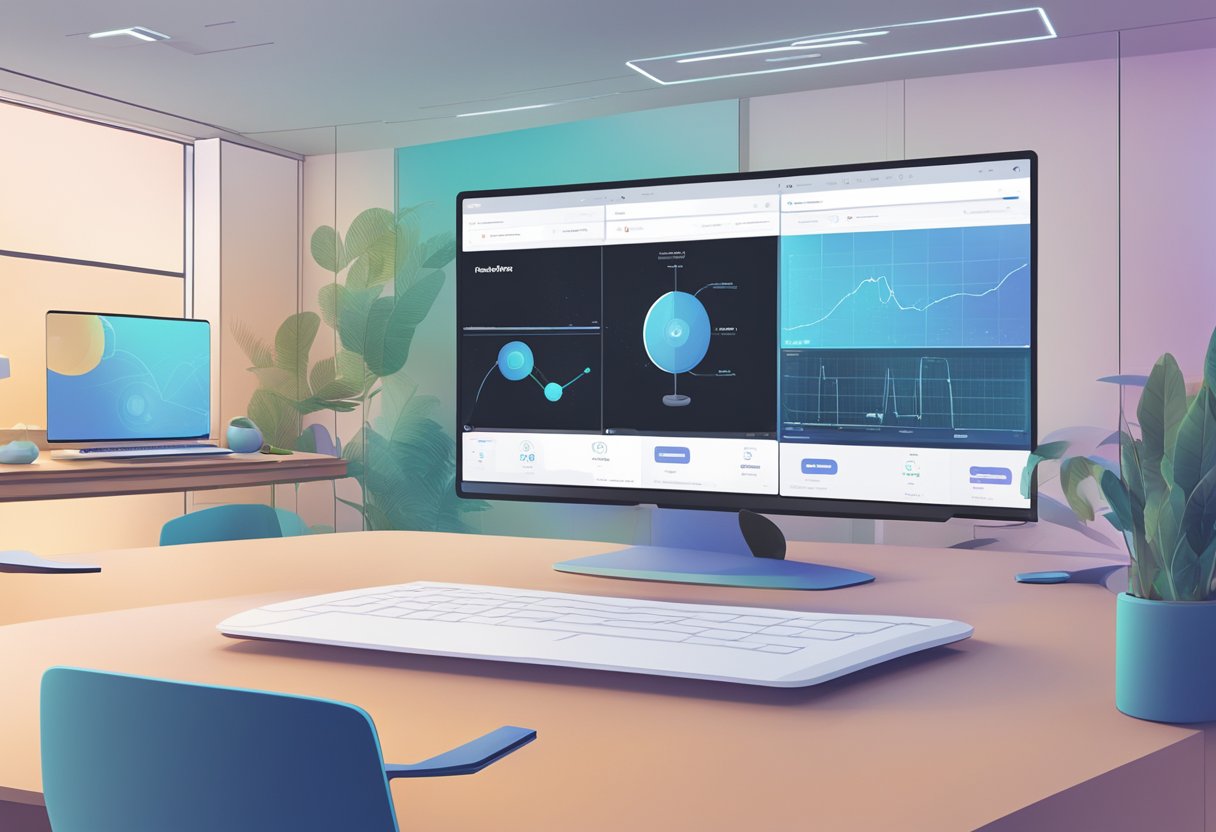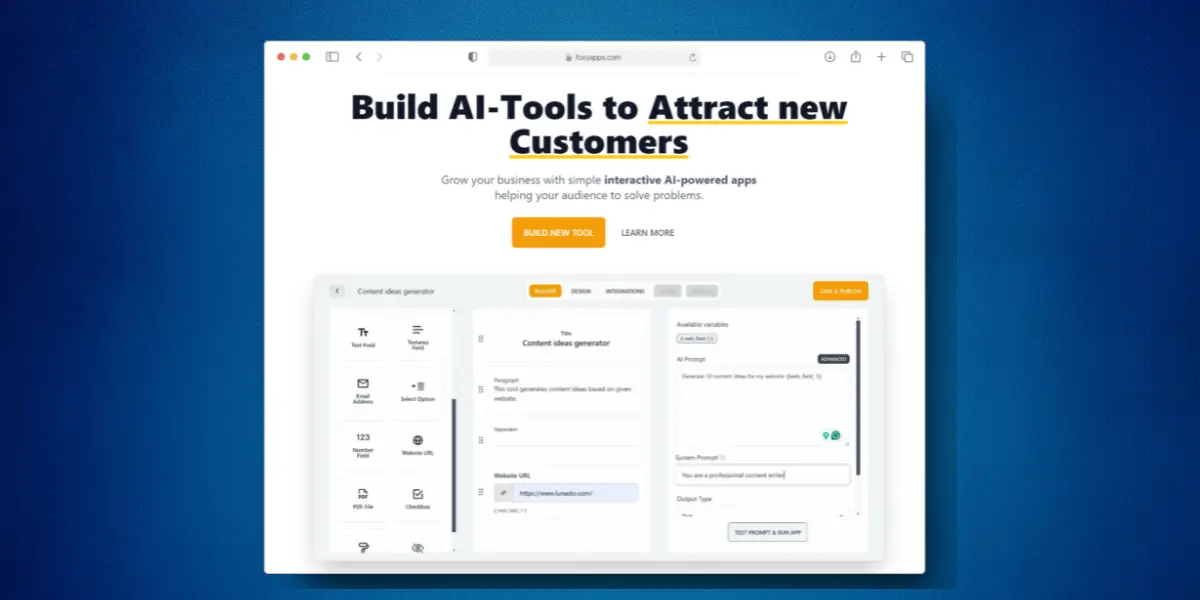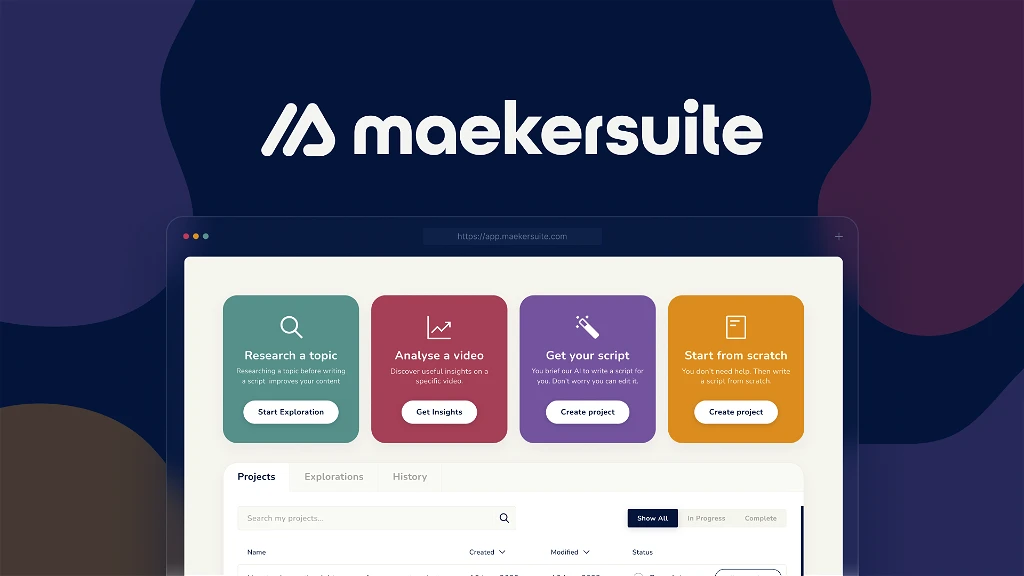Sessions positions itself as a customizable and branding-friendly option, allowing a high degree of personalization for businesses seeking a white-labeled experience.
Comparatively, Zoom is known for its robust infrastructure, offering reliable audio and video conferencing capabilities that users across the globe have come to trust.
Both platforms have their strengths and weaknesses, and choosing the right one can have a significant impact on the effectiveness of digital communication strategies.
Key Takeaways
- Choosing the right web conferencing tool hinges on specific business needs and user preferences.
- Sessions offers extensive customization options catering to brand-conscious businesses.
- Zoom provides a reliable and user-friendly platform trusted by a global user base.
Understanding Video Communication Platforms
Video communication platforms have become integral to modern interaction, used widely for everything from personal chats to professional webinars.
These platforms leverage video conferencing technology that allows individuals to connect visually and audibly over the internet.
They have evolved to incorporate AI enhancements that can, for example, optimize sound quality or provide real-time language translation.
Key Features of Video Communication Platforms:
- Live video streaming
- Multi-participant conferences
- Screen sharing capabilities
- Interactive tools (e.g., virtual hand-raising, Q&A)
- Recording functions for later review or shareability
The choice between platforms like Sessions and Zoom often depends on the specific needs of users. Sessions, for instance, might be preferred for its approachability among start-ups, while Zoom might be favored for its expansive set of tools.
Considerations when choosing a platform:
- User interface: Intuitiveness and ease of navigation
- Cost efficiency: Cost structure should align with user requirements
- Security features: Ensures privacy and data protection
- Customization: Ability to tailor experience and control settings
While video is a core aspect, so too is the chat functionality which offers a non-verbal form of communication during meetings. AI plays a notable role in enhancing both video and chat features, smoothing out interactions and enabling better accessibility. It is vital that users comprehend these platforms’ offerings to select the right tool that serves their communication needs effectively.
Analyzing Sessions for Professional Use

Sessions is a versatile platform that caters to professional needs ranging from virtual meetings to large-scale events. With an intuitive interface, it simplifies collaboration for attendees, making it a strong tool for entrepreneurs and remote teams who require efficient and effective online meetings.
In terms of productivity, Sessions offers a range of collaboration tools. These include Q&A modules, which enhance interaction, and recording options that support transcripts, ensuring important discussions are not lost. For remote teams working on a project, this can be crucial for maintaining a clear record of contributions and decisions.
Branding opportunities within Sessions are particularly beneficial for businesses looking to customize their virtual space. The software allows for branding elements to be incorporated throughout the video call interface, reinforcing brand identity to the participants.
The enterprise plan of Sessions includes powerful analytics capabilities. Businesses can track engagement and pull reports, equipping them with data to improve future events and understand attendee behavior.
For those handling sensitive information, Sessions provides a reliable recording option that makes it easy to revisit past meetings. The secure environment, combined with these features, positions Sessions as a comprehensive solution for conducting online meetings.
Lastly, it offers scalable solutions for businesses of every size, an appealing aspect for entrepreneurs looking to grow their operations. The platform’s flexibility and ease of use make it a robust option for those seeking to optimize their virtual event and meeting experiences.
Delving into Zoom’s Capabilities

Zoom has established itself as a significant player in the web conferencing space, providing robust features aimed at facilitating both small-scale meetings and large-size webinars. It hosts a user-friendly interface that enhances ease of use, allowing participants to join Zoom meetings with a simple click. Support for various devices and operating systems ensures widespread accessibility.
User Experience (UX): The platform’s intuitive UX design supports seamless navigation and management, even for those with little technical know-how. Gallery view and speaker view options offer attendees a customizable video chat experience.
Video and Audio Quality: Zoom ensures high-quality video and audio transmission, contingent upon a stable internet connection. Users can engage with a high-definition camera output, subject to their device’s capabilities.
Security: In response to past incidents of “Zoombombing,” Zoom has intensified its security measures. End-to-end encryption and the ability to set meeting passwords are just a few of the enhancements made to protect user privacy.
Collaboration Features:
- Screen Sharing: Attendees can share their screens, contributing to a collaborative environment.
- Q&A: Interactive question and answer functions enrich audience engagement.
- Recording: The recording option is invaluable for those who wish to review meetings or share them with absent stakeholders.
Subscription Plans:
- Free Plan: Offers essential features, such as hosting up to 100 participants and 40-minute group meetings.
- Paid Subscription: Zoom’s paid tiers provide additional capabilities, catering to needs ranging from small businesses to large enterprises.
Zoom for Events: Zoom Webinars and Zoom Events platforms cater to marketing agencies and organizations looking to host single-session or multi-session virtual events. They integrate with marketing automation tools, providing robust analytics to track event success.
In summary, Zoom offers a comprehensive suite of web and video conferencing tools that prioritize user experience, security, and audience engagement. It remains a strong choice for businesses and organizations looking to maintain connectivity in an increasingly digital world.
Features Showdown: Sessions vs Zoom
In the realm of video conferencing tools, the choice between Sessions and Zoom hinges on their respective features tailored to enhance user experience, manage events, foster collaboration, and ensure security—each critical for today’s online interactions.
User Experience and Interface
Sessions prides itself on offering a highly customizable user interface, allowing users to craft a branded experience from logos to color palettes. Zoom also offers a straightforward user interface, known for its ease of use, conducive to users who prefer a quick setup and minimalistic design.
Event Scheduling and Management
Zoom is well-equipped with features for event scheduling, supporting multiple sessions, single-session, and recurring event types. On the other hand, Sessions caters to event management by enabling fully white-labeled platforms, which can be significant for companies prioritizing brand consistency during their events.
Collaboration and Interaction Tools
Both platforms offer a suite of collaboration features. Sessions and Zoom include chat, whiteboard, and screen sharing functionality, although Zoom takes an edge with its widely used video chat that accommodates large numbers of participants efficiently. These tools are pivotal for interactive sessions and productive collaboration.
Security and Privacy
Security is paramount in video conferencing. Zoom has addressed issues such as Zoombombing with enhanced security protocols and encryption. Likewise, Sessions emphasizes the security of its platform but does not explicitly outline its measures, which may be a consideration point for users with stringent privacy requirements.
Each platform brings a set of features to the table, tailored to different user needs and event types, making the choice between Sessions vs Zoom dependent on the specific requirements of individual users or organizations.
Pricing and Plans Comparison
When considering video conferencing solutions, evaluating the cost structures of Sessions and Zoom is crucial. Pricing models vary significantly, affecting both short-term affordability and long-term return on investment (ROI).
Free vs Paid Plans
Sessions and Zoom both offer free plans. Sessions’ free plan caters to basic needs with limited features. In contrast, Zoom’s free plan allows users to host meetings with up to 100 participants but limits group meetings to 40 minutes. For extended features and capabilities, both platforms provide paid subscriptions.
Zoom’s paid plans include:
- Zoom One Pro: starting at $12.49 per user/month, offering meetings up to 30 hours, and 5GB of cloud storage (Zoom Pricing & Costs)
- Business and Enterprise plans: these scale up features and participant counts, tailored for larger organizations.
In comparison, while specific pricing for Sessions is not detailed in the results, user reviews highlight varied subscription tiers suited for different business sizes. More information can be found by exploring Sessions vs. Zoom on G2.
Assessing ROI for Businesses
Determining the ROI of a paid plan versus a free plan hinges on the specific needs of a business. For instance, a company requiring advanced functionality, integration capabilities, and a higher degree of support would gain more value from a paid plan. The investment in an enterprise plan from Zoom or a comparable tier from Sessions could yield productivity gains that offset the cost.
Zoom’s enterprise plan is often lauded for its reliability and comprehensive feature set, facilitating efficient large-scale communication and collaboration, which is paramount for substantial ROI. To assess the value derived from Sessions’ offerings, businesses should consider the platform’s customization options and user reviews, found at Session vs. Zoom Events and Webinars.
Technical Considerations
When deciding between Sessions and Zoom, one must consider the technical aspects that can affect the usability and effectiveness of these video conferencing solutions.
Device and Operating System Compatibility
Both Zoom and Sessions are designed to function across various devices and operating systems. Zoom provides support for Windows, macOS, Linux, iOS, and Android, ensuring broad accessibility for users. Similarly, Sessions aims for inclusive compatibility, but specific operating system support should be verified for the most up-to-date information. It’s crucial to check device and operating system compatibility before committing to a platform to ensure seamless integration with existing hardware.
Video and Sound Quality
Video and audio quality are integral to the success of any virtual meeting or webinar. Zoom is well-regarded for its high-quality video and sound, with the ability to support HD video and clear audio. Sessions also focusses on delivering crisp video and sound; however, user feedback suggests there can be variations in the quality of ongoing product support. For optimal video conferencing experiences, users must consider the consistency and quality of both video and audio during their decision-making process.
Internet Connectivity and Performance
The requirement of a stable internet connection cannot be overstated for both Zoom and Sessions. A robust internet connection directly impacts the performance of video conferencing tools, affecting audio and video clarity, and reducing lag during virtual meetings and webinars. It’s imperative to evaluate the efficiency of each platform under different internet conditions, especially if users will connect from regions with variable internet quality. High performance under various bandwidth scenarios is a key factor in determining the most suitable video conferencing solution.
Customization and Branding
When comparing Sessions and Zoom, customization and branding capabilities are essential to creating a personalized virtual environment.
Sessions excels in allowing users to create a fully white-labeled platform. Clients can showcase their business logo, use a custom color palette, and even integrate a custom domain. This extent of branding supports a cohesive experience that mirrors a company’s identity.
In contrast, Zoom provides limited options for branding customization. While hosts in Zoom can incorporate some branding into their meetings and webinars, such as virtual backgrounds, the possibilities are not as comprehensive as with Sessions.
For interactive features, Zoom offers a robust whiteboard function which is beneficial during webinars and collaborative sessions, contributing to a dynamic presentation style. Sessions, on the other hand, appears to place more emphasis on the overall branding than on interactive tools like whiteboards.
| Feature | Sessions | Zoom |
|---|---|---|
| Branding | Extensive customization options | Basic branding options |
| Virtual Backgrounds | Not explicitly mentioned | Available |
| Whiteboard | Not the focus | Comprehensive tool available |
| Webinars | Branded experience with customized elements | Functional with limited branding |
While both platforms serve their purpose, those looking for a more professionally branded virtual meeting experience may find Sessions more appealing. However, Zoom’s functionality and widely recognized interface continue to make it a powerful tool for web-based collaboration.
Support and Resources
When comparing Sessions and Zoom, potential users should consider the available support options and resources. These include each platform’s troubleshooting assistance, customer support capabilities, as well as their learning and development tools.
Troubleshooting and Customer Support
Zoom provides a comprehensive support system, which includes a help center with a wide range of troubleshooting guides and step-by-step articles. Customers can contact Zoom’s support team for personalized assistance. Additionally, Zoom hosts a variety of live training webinars and provides extensive resources for Q&A to aid in resolving user issues rapidly.
Sessions, on the other hand, offers a more focused support experience aimed at creating a branded platform for their customers. Their user reviews suggest a high level of customer satisfaction, implying that their support is effective and well-received. More detailed information on their support services can be found by examining user reviews on comparison platforms.
Learning and Development
Zoom’s approach to learning and development involves an extensive collection of tutorials and training programs that are accessible to all users. These are aimed at enhancing one’s knowledge and skills in using Zoom for various purposes, from single sessions to complex webinar structures.
Sessions appears to differentiate itself by offering customizable solutions that may include tailored training and development opportunities to harmonize with a brand’s unique needs. Information on these specific offerings can sometimes be found through blogs or direct user testimonials, such as those discussing the comparative aspects of Sessions and Zoom.
Both services aim to equip users with the necessary tools and knowledge to utilize their platforms effectively, focusing on ensuring a smooth and efficient user experience.
Real-world Applications
The debate between Sessions and Zoom often hinges on their applications in various real-world settings, where factors such as collaboration tools, pricing structures, and ease of use play pivotal roles in determining the right fit for users’ specific needs.
Business and Enterprises
Businesses often require reliable virtual meeting platforms that can support a large number of participants and offer robust security features. Zoom is a popular choice with its Enterprise plan, which caters to larger organizations by providing up to 500 participants in a meeting and advanced features such as single sign-on (SSO) and transcript recording. It excels in hosting webinars and large-scale online meetings that require stable connection and high-quality video for hundreds of attendees.
In contrast, Sessions offers a more tailored experience for robust collaboration where smaller teams can engage more intimately. Unlike Zoom, Sessions may provide more flexible pricing, as indicated in comparing video conferencing platforms, this could make it more accessible for businesses with varying budget constraints.
Education and Training
For education and training, both platforms provide functionalities that facilitate learning. Zoom stands out with its breakout rooms, allowing educators to split a session into small groups for focused discussions. This feature has been crucial for online meetings that simulate classroom environments.
On the other hand, Sessions focuses on freelancers and entrepreneurs who seek a more straightforward setup for personal coaching or small group training sessions. As the comparison between Session and Zoom indicates, Sessions has a high user satisfaction rating, which suggests it’s favored for its user-friendliness in smaller-scale settings.
Freelancers and Entrepreneurs
For freelancers and entrepreneurs, the advantages of Sessions expand to its flexibility and affordability. The platform is deemed approachable for startups and individual service providers who may prefer a cost-effective solution without the need for extensive features that Zoom’s paid plans offer.
Meanwhile, Zoom’s professional tier – typically starting around $240/license/year – supports entrepreneurs with larger client bases who may require a more comprehensive suite of tools for virtual meetings and webinars, providing returns on investment through its broad array of integrations and functionalities.
Integration and Ecosystem
When assessing the integration and ecosystem of Zoom and Sessions, it’s important to consider how each platform fits within the existing digital environment of users. Zoom has built a robust ecosystem, offering numerous integrations with third-party applications. These include collaborative tools such as Slack for communication, Asana for task management, and Salesforce for customer relationship management. This wide range of integrations reflects Zoom’s commitment to interoperability, streamlining workflows across various software ecosystems.
Sessions, on the other hand, may not offer the same breadth of integrations but focuses on delivering a user-friendly interface. With a simpler integration model, Sessions targets freelance professionals and startups seeking straightforward collaboration tools without the complexity of navigating an extensive ecosystem.
A comparison of the two platforms:
| Feature | Zoom | Sessions |
|---|---|---|
| Integration | – Extensive third-party integrations. – Easier app management via Marketplace. | – Focus on core functionalities. – Simpler integration model for startups. |
| Collaboration Tools | – Broad toolkit complementing collaborations. – Supports large-scale events. | – Geared towards ease-of-use for smaller teams. |
Zoom’s marketplace is an advantage for those requiring a diverse array of plugins and extensions, whereas Sessions appeals to users prioritizing immediacy and ease over complexity. Each platform caters to distinct user requirements within their integration and collaboration capabilities, thus their suitability varies based on the specific needs of businesses and individual professionals.
Analyzing User Feedback

Evaluating user feedback is an instrumental aspect of comparing the video conferencing platforms Zoom and Sessions. It provides insights into user experiences, highlighting areas of satisfaction and those needing improvement.
Customer Reviews and Testimonials
Customers often share their experiences with Zoom and Sessions on various platforms. Through a thematic analysis of customer testimonials, potential trends emerge regarding ease of use and customer support. Zoom, known for its extensive features, receives positive feedback for its audio, video, and web conferencing capabilities. However, customer opinions suggest that its wide array of functions can sometimes overwhelm average users who are seeking a straightforward platform.
Sessions, on the other hand, garners praise for its flexibility and approachability, particularly from startups, freelancers, and entrepreneurs. The pricing of Sessions is viewed as more accessible when compared to Zoom’s tiered subscription model, which ranges from $40 to $500 per month, as evidenced in reviews indicating it as a more cost-effective solution for small-scale users.
Expert Opinions and Comparisons
Expert insights often reflect a more technical and detailed comparison of software. Specialists in the field of User Experience (UX) consider both Zoom and its competitors when analyzing video conferencing tools. For example, when comparing moderated tests on UX platforms versus Zoom, experts note that while Zoom is capable of conducting remote UX studies adequately, platforms specially designed for user testing offer tailored tools that can provide more valuable insights.
In direct comparisons, sessions with both Zoom and Sessions reveal a distinction in their target demographic. Sessions is often highlighted as being better suited for more niche markets, offering a more intuitive user interface that may appeal to those not requiring advanced features. Conversely, Zoom is frequently recognized for its robustness and scalability, preferred by larger businesses with more complex conferencing needs.
Looking to the Future

In the ever-evolving sphere of video conferencing, both Zoom and Sessions are poised to shape how people connect remotely. The coming years will likely see these platforms integrating emerging technologies and rolling out innovative features to enhance user experience.
Emerging Trends in Video Communication
The video communication landscape is constantly enriched by advances in AI and machine learning technologies, which are set to deepen the capabilities of platforms like Zoom and Sessions. Zoom’s commitment to a seamless video experience is evident through its high-quality video and audio conferencing features. On the other hand, Sessions has been recognized for its adaptability and user-friendly approach, particularly for start-ups and entrepreneurs, as noted in a Valahia News article. With AI integration, users can anticipate smarter meeting assistance, better noise cancellation, and more engaging virtual environments.
Sessions, in particular, appears to be at the forefront of integrating AI into its system, an innovation that could propel it ahead in the market. This integration promises more efficient follow-up processes, including automatic transcripts as highlighted in a YouTube comparison, a key feature for people who value meticulous record-keeping and time-saving tools.
Potential Updates and Roadmaps
Looking at potential updates and roadmaps, collaboration tools remain a significant focus for both Zoom and Sessions. They are expected to expand their offerings to incorporate deeper project management and collaboration features that facilitate not just communication but the actual work processes.
Zoom’s roadmap may involve further refining their platform to host larger virtual events and improving integration with third-party tools, increasing its versatility as a comprehensive software solution. On the other hand, Sessions could possibly focus on bespoke customizable features that cater specifically to the needs of freelancers and small teams, as discussed in a SaaS Battle comparison. As both platforms advance, the emphasis is likely to be on intuitiveness, accessibility, and ensuring that the technology not only supports but enhances the human aspect of virtual meetings.
Frequently Asked Questions
When comparing Sessions and Zoom, it’s important to assess their capabilities for virtual meetings, video conferencing features, webinar experiences, user feedback, and distinctive benefits. These FAQs zero in on the specifics that differentiate the two platforms.
What are the key differences between Sessions and Zoom for virtual meetings?
Sessions and Zoom both facilitate virtual meetings, but they vary in user interface design and pricing structures. Sessions is recognized for its user-friendly nature, appealing primarily to startups and freelancers, whereas Zoom is lauded for its wide feature set and large-user base scalability.
How do Sessions and Zoom compare in terms of video conferencing features?
Both platforms sport a range of features necessary for effective virtual collaboration; however, Zoom offers advanced options like breakout rooms and virtual backgrounds. Sessions is reputed for its simple setup and ease of use that attract smaller teams and independent professionals.
Which platform offers a better experience for hosting large-scale webinars: Sessions or Zoom?
Zoom is often the go-to choice for large-scale webinars due to its robust infrastructure and ability to support a high number of participants seamlessly. Sessions might cater to smaller audiences, allowing for more interactive and personalized sessions.
In terms of user reviews, how do Sessions and Zoom stand against each other for online events?
According to various user reviews, Sessions rates favorably for its intuitive experience, while Zoom’s high rating stems from its reliability and functionality across diverse group sizes and types of online events.
Can you highlight the main advantages and disadvantages of using Sessions over Zoom?
Sessions provides a more approachable platform for individuals and small businesses, often with more flexible pricing. On the flip side, Zoom’s broad feature range and established market presence make it a formidable competitor, especially for those requiring advanced meeting capabilities.
Are there any exclusive benefits when choosing Sessions for my video conferencing needs?
Sessions is considered more approachable by startups, freelancers, and entrepreneurs for its flexibility and cost-effectiveness. Its streamlined user experience tailors to those who need straight-to-the-point conferencing without the complexity of larger platforms.





